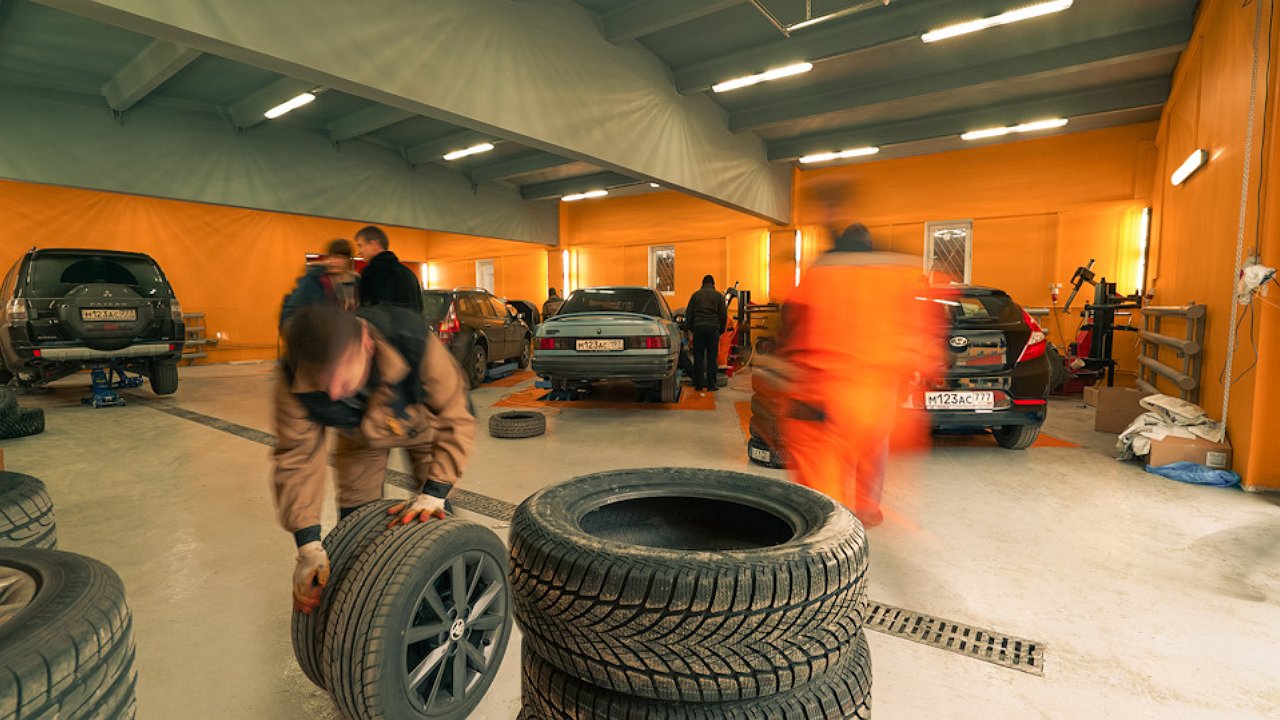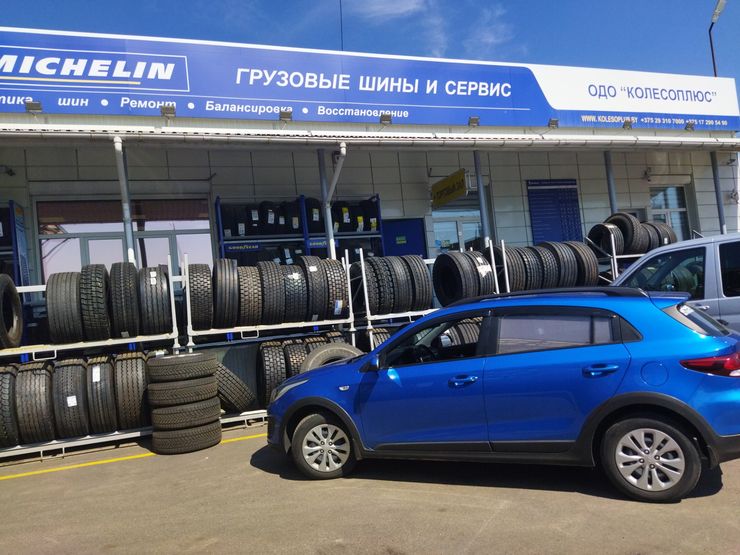Trade in tires at a car dealer: a snag or a real advantage
- May 3, 2023
- 0
Many people have heard about buying a car trade-in. All civil servants offer this service. But not everyone knows how to trade in tires, which can also be
Many people have heard about buying a car trade-in. All civil servants offer this service. But not everyone knows how to trade in tires, which can also be

The scheme itself is extremely simple and far from new. For example, most major tire chains already have it. The customer brings his “cylinders” and gives them for evaluation. He then chooses new tires and pays the difference to the cashier. Among the “buns” – free tire mounting or storage.
The size of this difference depends very much on the condition of the kit you brought with you. If traces of punctures are visible on them, if there are uneven wear, hernias or cracks in the tread, then this may not be accepted at all. Then there is no other option than to hand in the “shoes” for scrap. By the way, for this you will receive about 2000 rubles.
If the “cylinders” are in good condition, for example, Nokian R16 models with a residual tread depth of 5 mm will be bought for about 1300-1500 rubles (total for hands – 5200-6000 rubles). Of course, no one is stopping appraisers from discounting you. But we leave that to them.
If you agree, it remains to choose a “new thing” for yourself. For example, a Pirelli Cinturato P1 Verde model with a size of 205 / 55R16 at the Avtorus dealer costs 4,860 rubles each (19,440 rubles for 4 pieces). Tire workers from Ivanor (former Vianor) have this size for 5260 rubles. And for Nexen Nblue HD Plus they ask for 4840 rubles. That is, the prices of car dealerships and specialized sellers are about the same, and you do not have to wait for freebies. The victory can only be seen in the fact that you do not have to think about where to put the old tires.
Of course, it can be more profitable to sell them on Avito, but this takes time and nerves. Usually buyers are very picky and scrupulously check each cut.
As for dealers, the trade-in will be another resource for them to keep their pants up during these trying times. “Used” tires can be shipped to regions where they can be easily sold for a small additional cost. Plus, “capes” go to new models. This is how you survive the crisis with the world on a string.

The scheme itself is extremely simple and far from new. For example, most major tire chains already have it. The customer brings his “cylinders” and gives them for evaluation. He then chooses new tires and pays the difference to the cashier. Among the “buns” – free tire mounting or storage.
The size of this difference depends very much on the condition of the kit you brought with you. If traces of punctures are visible on them, if there are uneven wear, hernias or cracks in the tread, then this may not be accepted at all. Then there is no other option than to hand in the “shoes” for scrap. By the way, for this you will receive about 2000 rubles.
If the “cylinders” are in good condition, for example, Nokian R16 models with a residual tread depth of 5 mm will be bought for about 1300-1500 rubles (total for hands – 5200-6000 rubles). Of course, no one is stopping appraisers from discounting you. But we leave that to them.
If you agree, it remains to choose a “new thing” for yourself. For example, a Pirelli Cinturato P1 Verde model with a size of 205 / 55R16 at the Avtorus dealer costs 4,860 rubles each (19,440 rubles for 4 pieces). Tire workers from Ivanor (former Vianor) have this size for 5260 rubles. And for Nexen Nblue HD Plus they ask for 4840 rubles. That is, the prices of car dealerships and specialized sellers are about the same, and you do not have to wait for freebies. The victory can only be seen in the fact that you do not have to think about where to put the old tires.
Of course, it can be more profitable to sell them on Avito, but this takes time and nerves. Usually buyers are very picky and scrupulously check each cut.
As for dealers, the trade-in will be another resource for them to keep their pants up during these trying times. “Used” tires can be shipped to regions where they can be easily sold for a small additional cost. Plus, “capes” go to new models. This is how you survive the crisis with the world on a string.
Source: Avto Vzglyad
Donald Salinas is an experienced automobile journalist and writer for Div Bracket. He brings his readers the latest news and developments from the world of automobiles, offering a unique and knowledgeable perspective on the latest trends and innovations in the automotive industry.